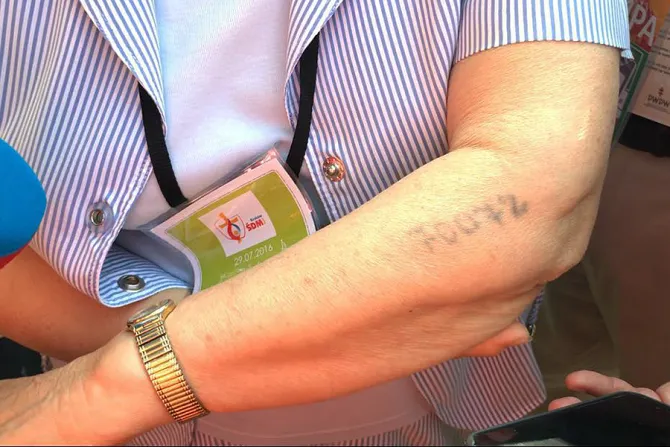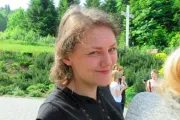Bielsko-Biala, Poland, Jul 29, 2016 / 16:02 pm
A survivor of the Auschwitz concentration camp welcomed Pope Francis' Friday visit and asked the world to remember the suffering that took place there.
"It is important for me and I am very excited," Lidia Maksimovic, 75, told journalists at the camp July 29. "It is not possible to forget about these horrible things and it is important also that people would come here and would see and learn what happened here. So that all that happened here would never happen again."
Maksimovic is a survivor of the Auschwitz-Brikenau concentration camp run by the Nazis in Poland. As many as 1.5 million people died at the Auschwitz complex, including St. Maximilian Kolbe.
On Friday Pope Francis visited several parts of the complex. He prayed in silence for several minutes at the courtyard of the original camp, known as Auschwitz I. He was then taken by car to the infamous Block 11 building. There, he was welcomed by Poland's Prime Minister, Beata Szydlo.





